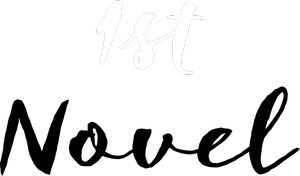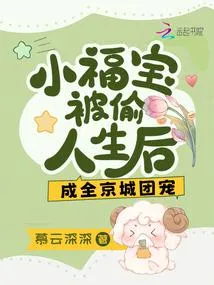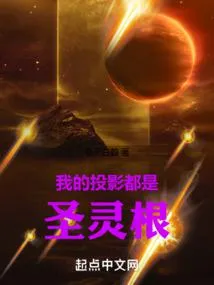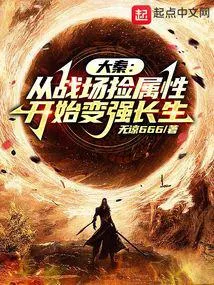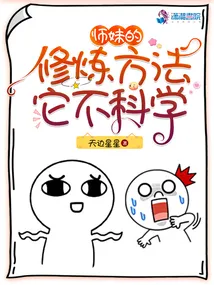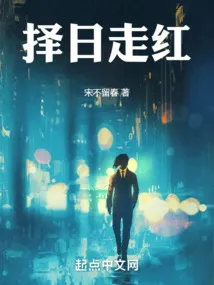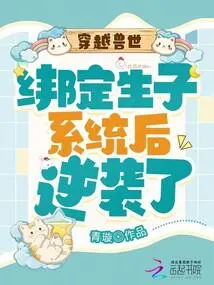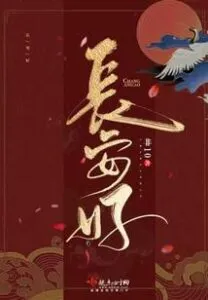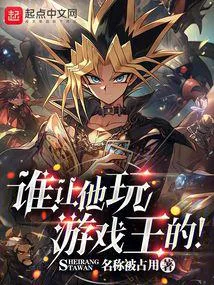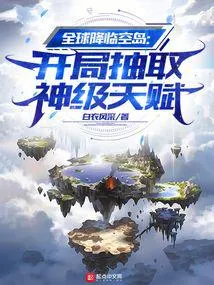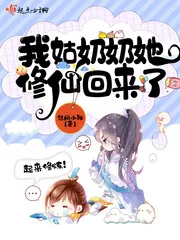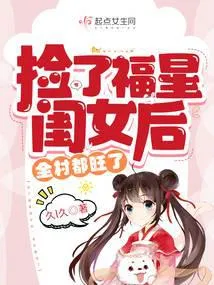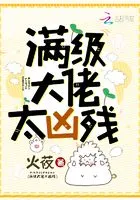Martial Arts Master Travelled to Ancient Time and Farms - Chapter 211
- Home
- Martial Arts Master Travelled to Ancient Time and Farms
- Chapter 211 - The forefront of the big Wei trend
Chapter 211 The Forefront of the Great Wei Trend
Cheng Ling inspected the cotton gin carefully.
The overall structure of the cotton gin is actually not complicated. The difficulty is that no one has done this thing before, and there is no reference, so it is easy to take detours.
Cheng Ling shook the shaft above the cotton gin and said, “Erlang, come and see, can the curvature of this handle be higher?”
Bian Erlang is the youngest son of Bian Baisong, and Bian Baisong is a master shipbuilder. Among his two sons, Bian Dalang follows him to work on the ship. Although he is relatively mediocre, he is more practical.
Younger son Bian Erlang is naturally fond of woodworking. He is not as obsessed with shipbuilding as Bian Baisong, but he has a natural acumen when it comes to fine woodworking.
These things that Cheng Ling is going to build recently, although Bian Baisong is in charge of the overall, but in the implementation process, apart from his few carpenter apprentices who are in charge of starting, it is Bian Erlang who has contributed the most.
While listening to Cheng Ling’s suggestion, Erlang took a notebook to write and draw beside him.
He used a homemade charcoal pen, and the book was bound by relatively rough and hard edged paper, with a thin wooden board that was polished and smooth, which was especially convenient for writing and memorizing.
This kind of portable essay book was also first proposed by Cheng Ling. After she became the master book, she asked the minions in the workshop to make this kind of essay book. Since then, she has often used this kind of book for shorthand.
Because of its convenience and ease of use, it didn’t take long for people around her to learn her to use this kind of notebook and charcoal.
After a while, this ethos even spread from the Cheng family to the government office. Anyone who needs shorthand loves that shorthand method. Even Lin Xiaoru now occasionally carries a shorthand book with him.
There is no wooden board to make a cushion, is that less convenient than the ancient celebrities leaning on a horse and saying a thousand words?
The changes brought by Erlang are still only those, except for the large means of convenient office like a shorthand book, there is no use and arrangement of forms.
Especially the table, that thing was a good thing that once made the manor Luo Ping and the officials of the mansion feel amazing.
Last year, when he saw the first tabular statistics sheet handed down by Xia Zhi, Luo Ping said in surprise: “If this thing can reach the whole country, so that the reports from the bottom and the top can be unified and turbid, all the old and little people in Shangshutai I’m afraid it’s Xiao He on the eighth day?”
After saying that, I myself laughed eight times.
The government office has used tables to do various data statistics and data arrangement. Erlang’s position in the government office has become more and more stable.
That thing seems complicated, but in fact it has far-reaching influence and is very important.
Lin Zheng also feels more and more that Erlang is like a special treasure. I generally hate talking to Erlang, just because you often don’t have all kinds of ingenuity when you are working with things, but also because of your own perspective, mind and vision. Gerry stands out.
Outside the workshop, Erlang saw the cotton gin, then the cotton longbow and the pedal spinning wheel.
Cotton is spun into cotton cloth, usually in seven processes, namely defending, bouncing, spinning, and weaving.
also does not mean that the cotton husks are first removed and the cotton seeds are peeled off, then the cotton is stretched and spun into threads before being woven into cloth.
The first two processes, let’s say, playing cotton, has been known since then.
It is precisely because the Yongzhou people have the skills to play cotton or not, they only rudely remove the husk from the cotton, and then sew it to the outside of the clothes.
And the cotton-padded clothes made by that method are often dry, hard and light, and the thermal insulation effect is not lacking. The existence of cotton has always been paid attention to by people.
But now Xia Zhina has not made a cotton gin, and made a small seven-foot longbow of elastic cotton—
It is important to say that there is no technical difficulty in the production of the cotton longbow, that thing is actually made earlier than the cotton gin outside Erlang.
In fact, two or eight months later, some handy little sisters-in-law outside Cheng’s workshop had not finished trying to figure out the technique of bouncing cotton by themselves.
Even, just last winter, Erlang and the others hadn’t even put on the cotton-padded clothes.
Now that the Xia Yuan Festival has passed, and spring has come, Erlang took off the original thick cotton vest and changed to a thin quilted vest, which is considered to be walking on the last edge of the whole Xiaowei trend, more than anyone else. Enjoyed the beauty of a cotton coat.
Lin Zheng also rubbed two sets of cotton vests, one thick and the other thin. After all, the winter in Yongzhou is too hot. Lin Xiaoru’s narrow robe and small sleeves are fluttering, and he also needs to pay attention to some demeanor, so the small cotton jacket is too light. , Lin Xiaoru is wearing it.
Since wearing the cotton vest, Lin Zheng has been fascinated by the cotton spinning machine.
Erlang asked the craftsmen to make an eight-spindle spinning wheel. As long as you know the principle, there is not too little technical difficulty. However, if you want to do it well, you still need to constantly adjust and correct it.
Erlang walked back to a workshop next door, and heard the sound of mechanical pedals coming from outside, and then took a closer look. Eight pedal spinning wheels were lined up side by side, and more than eight men led by Cheng Qini were walking around with their feet and hands. It’s spinning.
You haven’t spun a little cotton thread yet, but when she saw Xia Zhi, Cheng Qini was pleasantly surprised: “Brother Ling, the spinning wheel is very easy to use now. When will it be okay?”
You can’t wait to try to weave cotton with a loom!
In fact, in the production process of cotton, compared to the last eight steps, the loom is the key point.
Because after the appearance of cotton cloth, people also had to dress and weave, so the loom technology of Wei State was relatively mature.
Even though the weaving of cotton and kudzu is slightly different from that of silk, the principle is the same, and the dimensions are not the same.
For example, the size of the shuttle, the length of the warp beam, the time and size of the opening of the loom, the strength of the beating, etc., those aspects need to be adjusted.
Erlang replied to Cheng Qini: “Seventh sister wants to slow down, if it takes a while, there will be no surprises for him.”
After checking the retreat over there, Xia Zhi turned around and instructed Hong Guangyi to go inside to buy a loom.
bought a linen loom and a silk loom, and then called Bian Qilang to do it himself, according to the characteristics of the cotton thread, to adjust and transform the two looms.
But Xia Zhi didn’t tell anyone, this is not in Cheng’s house next door, outside your own private studio, you have actually been doing it yourself, trying to make a loom that is truly ahead of the current era!
During the history of China, the reason why Huang Daopo was able to spread the cotton spinning business to the sky was not only that you had improved the last eight steps of cotton spinning, but more importantly, that you had not done any pioneering work under the improvement of the loom.
Xia Zhi dared to do something out of the ordinary, but imitating the sages and making a loom with lower efficiency and less promotion, but you think you should not be able to.
A new type of loom can come out, and the promotion of the textile industry should really be revolutionary. This matter is very important, Erlang is waiting for a suitable time.
(end of this chapter)
